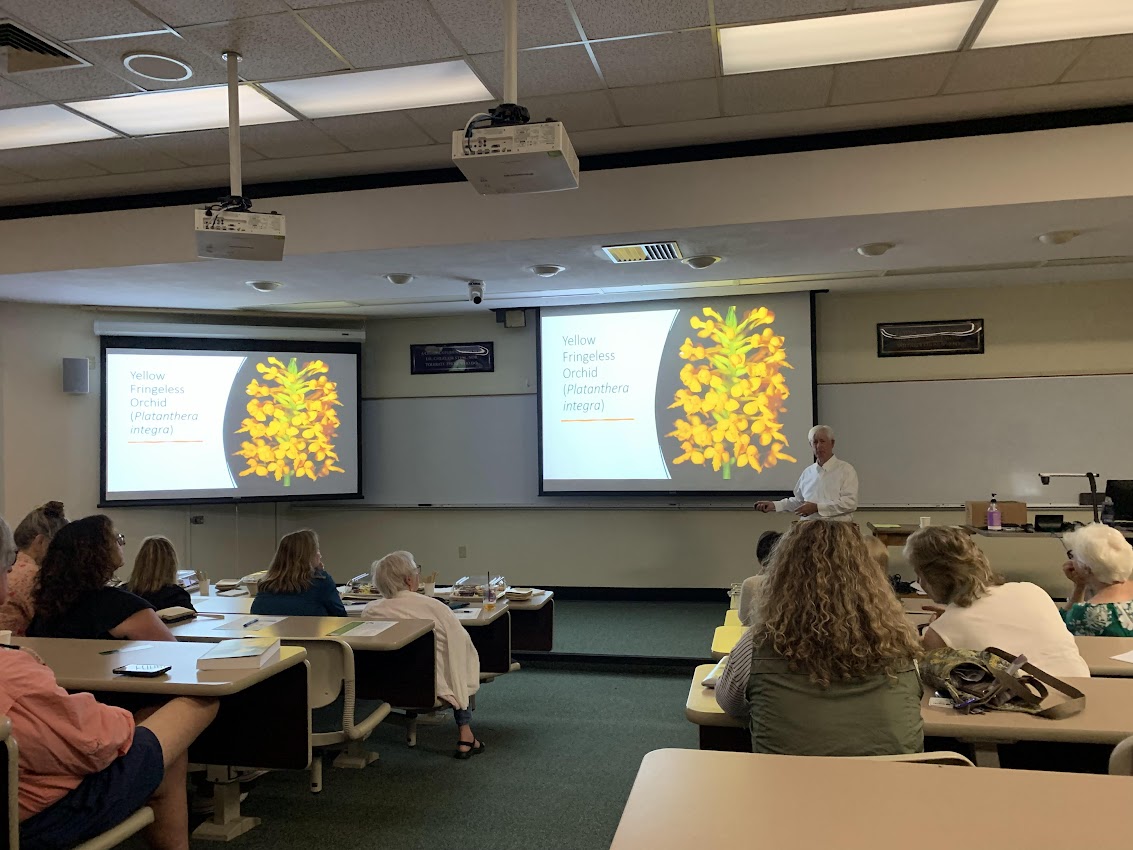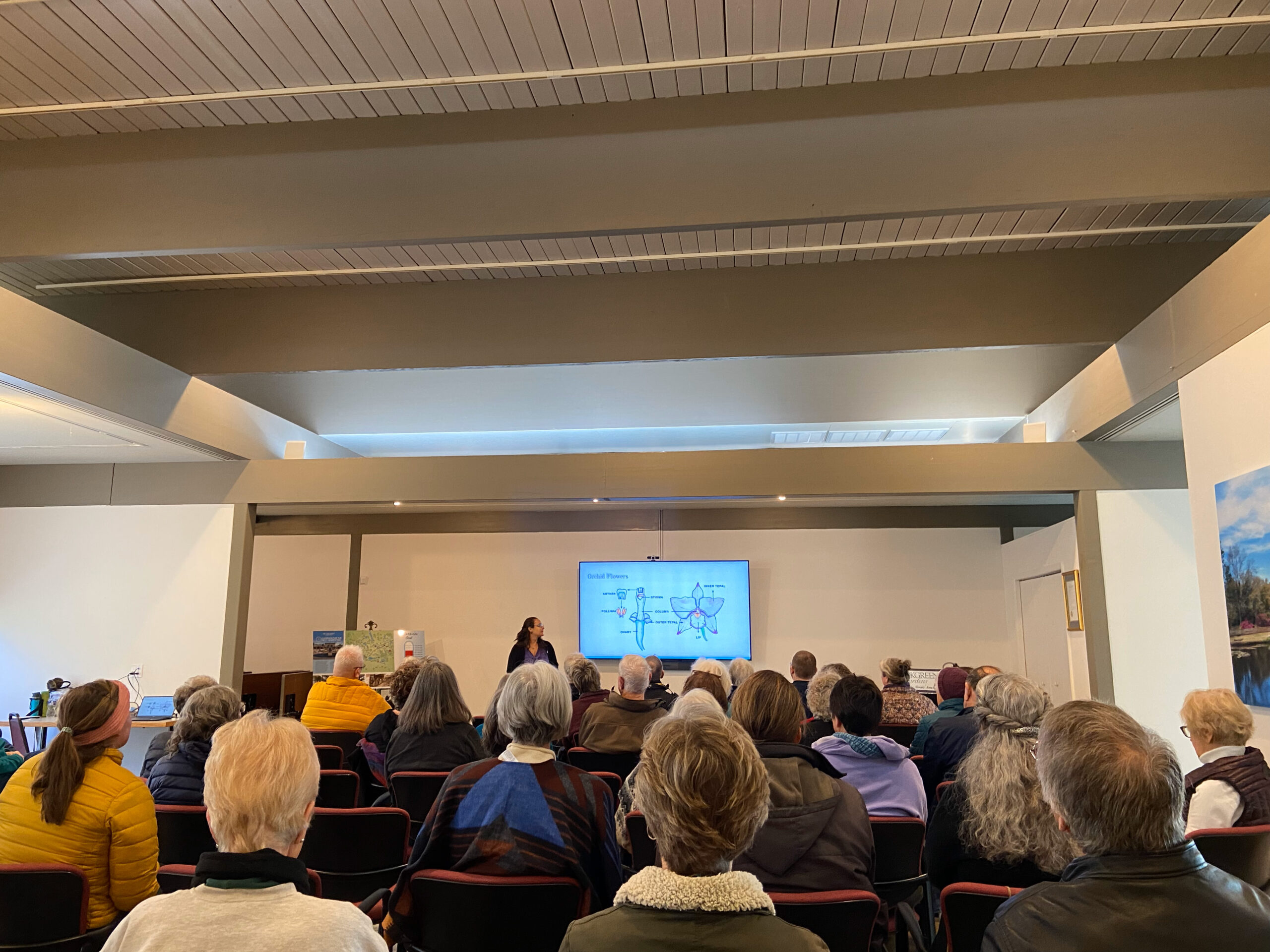SCNPS Lectures and Programs
Don't Miss an Educational Opportunity!
Each chapter offers lectures and programs. Look for information on upcoming lectures in the respective Chapter pages, on the SCNPS Facebook page, and in announcements sent out via newsletter.
Subscribe to Our NewsletterEvent Archive
Many chapters share recordings of their past meetings, lectures, and events via YouTube or Facebook. Check out each of the chapter links for a vast resource of enriching educational conversations to learn more about native plants, gardening for wildlife, sustainable landscaping, academic research, and much more.


